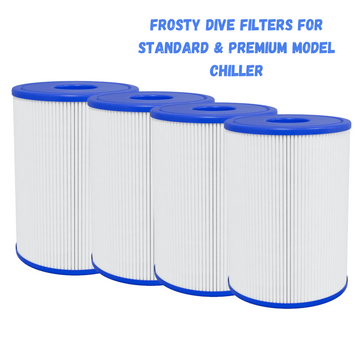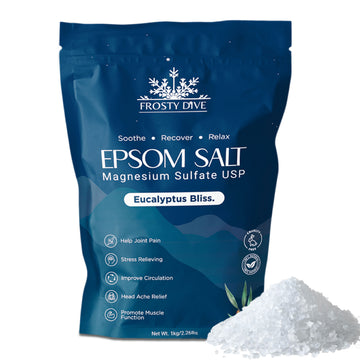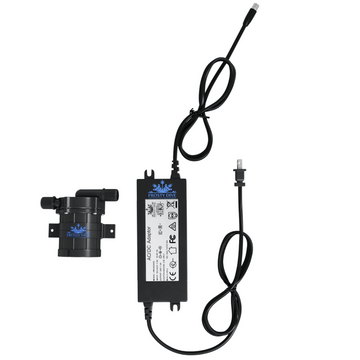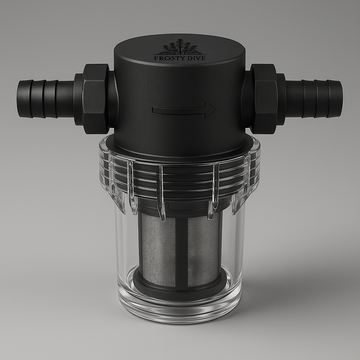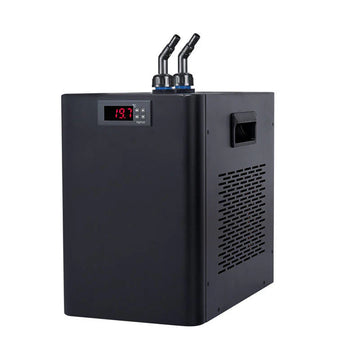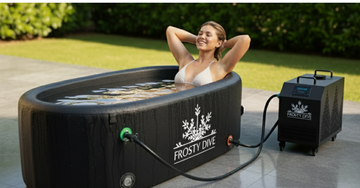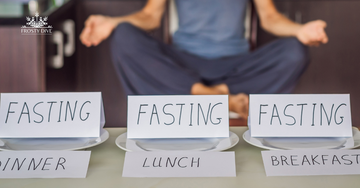Portable water chillers are versatile cooling systems designed to reduce water temperature in various applications. Here’s a comprehensive overview:

1. What are Portable Water Chillers?
Portable water chillers are compact, movable cooling units that lower water temperature for industrial, commercial, or residential uses. They can be used in events, construction sites, and manufacturing processes.
2. How They Work
Cooling Mechanism: Most chillers use a refrigeration cycle, where the refrigerant absorbs heat from the water, lowering its temperature before recirculating it.
Components: Key parts include a compressor, condenser, evaporator, and expansion valve.
Flow Rate: They typically have adjustable flow rates, allowing for customized cooling based on needs.
3. Applications
Industrial: Used in manufacturing processes, equipment cooling, and laser cutting.
Events: Cool air for outdoor events, maintaining temperature for food and beverages.
HVAC: Temporary cooling solutions for buildings or specific areas during maintenance.
Aquaculture: Maintaining water temperatures for fish and other aquatic life.
4. Benefits
Mobility: Easily transported and set up in different locations.
Energy Efficiency: Many models are designed to minimize energy consumption.
Cost-Effective: Renting or purchasing portable chillers can be more economical than permanent installations.
Versatility: Adaptable to various environments and cooling needs.
5. Considerations When Choosing a Portable Chiller
Cooling Capacity: Measured in tons, it should match your cooling needs.
Power Source: Electric, gas, or diesel-powered options are available.
Size and Portability: Consider the dimensions and weight for easy transport.
Noise Level: Some models operate quietly, while others may be louder.
Maintenance: Look for ease of maintenance and availability of support.
6. Common Types
Air-Cooled Chillers: Utilize air to dissipate heat; more portable and easier to install.
Water-Cooled Chillers: Require a water source for cooling but are more efficient in certain applications.
7. Installation and Operation
Setup: Ensure proper connections for water intake and drainage.
Temperature Settings: Most units allow users to set desired temperatures.
Monitoring: Some advanced models come with digital displays for real-time monitoring.
8. Safety and Maintenance
Regular Checks: Inspect hoses and connections for leaks or wear.
Cleaning: Periodically clean the condenser and evaporator coils to maintain efficiency.
Safety Protocols: Follow manufacturer guidelines to prevent accidents and ensure longevity.
9. Cost Factors
Purchase vs. Rental: Consider the duration of use and whether renting might be more cost-effective.
Operating Costs: Factor in energy consumption and maintenance when budgeting.
Conclusion
Portable water chillers are an excellent solution for temporary cooling needs across various sectors. Understanding their features, benefits, and maintenance will help you choose the right system for your specific applications.













